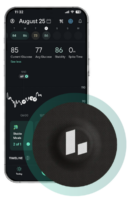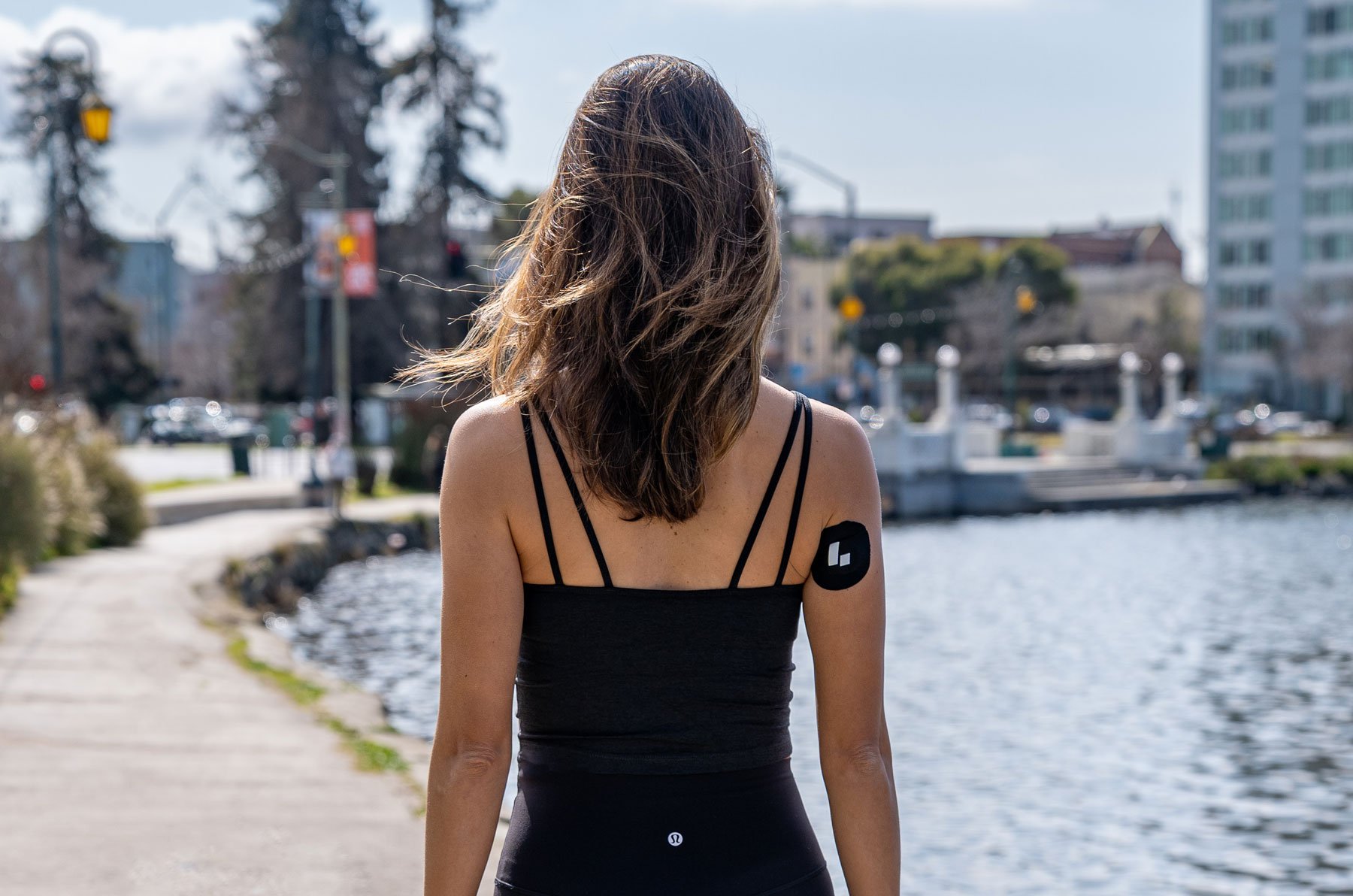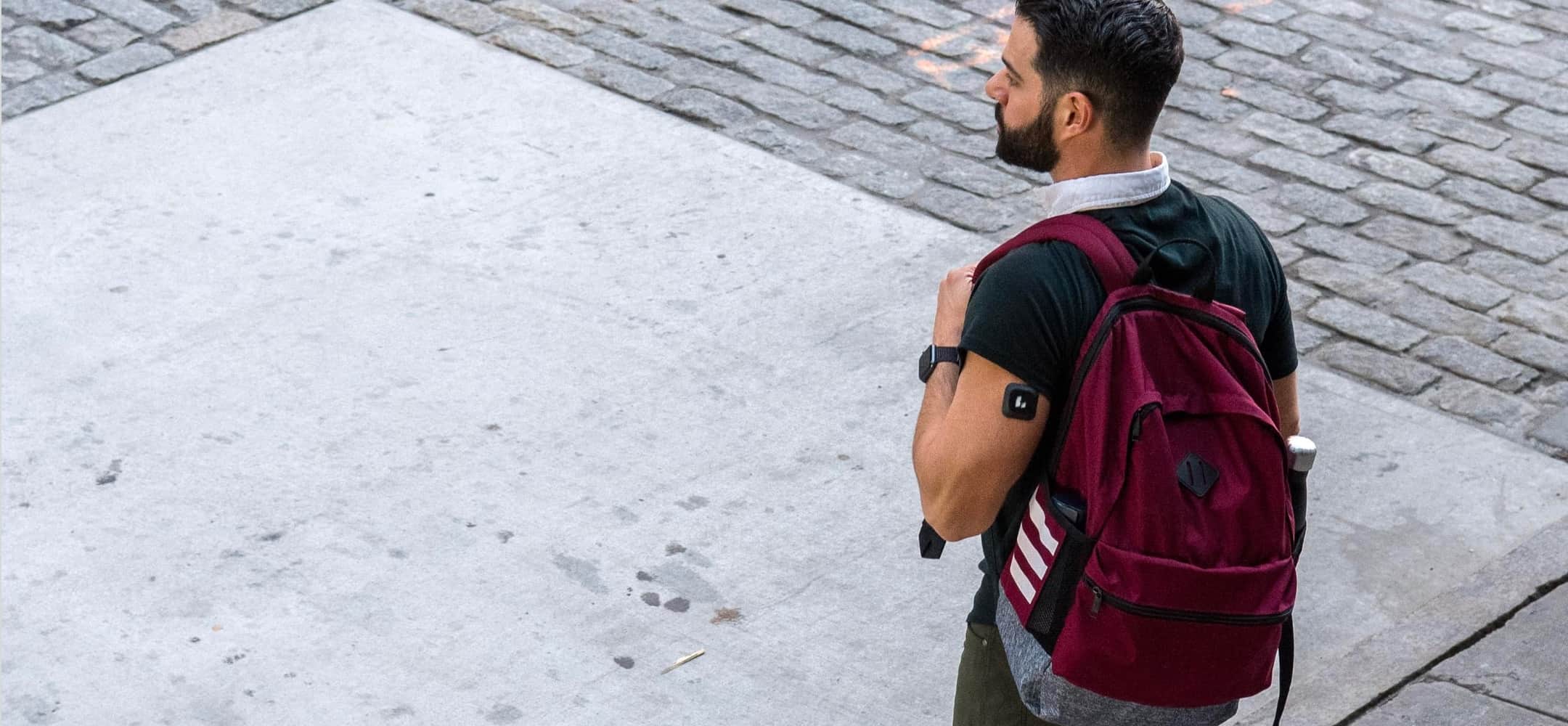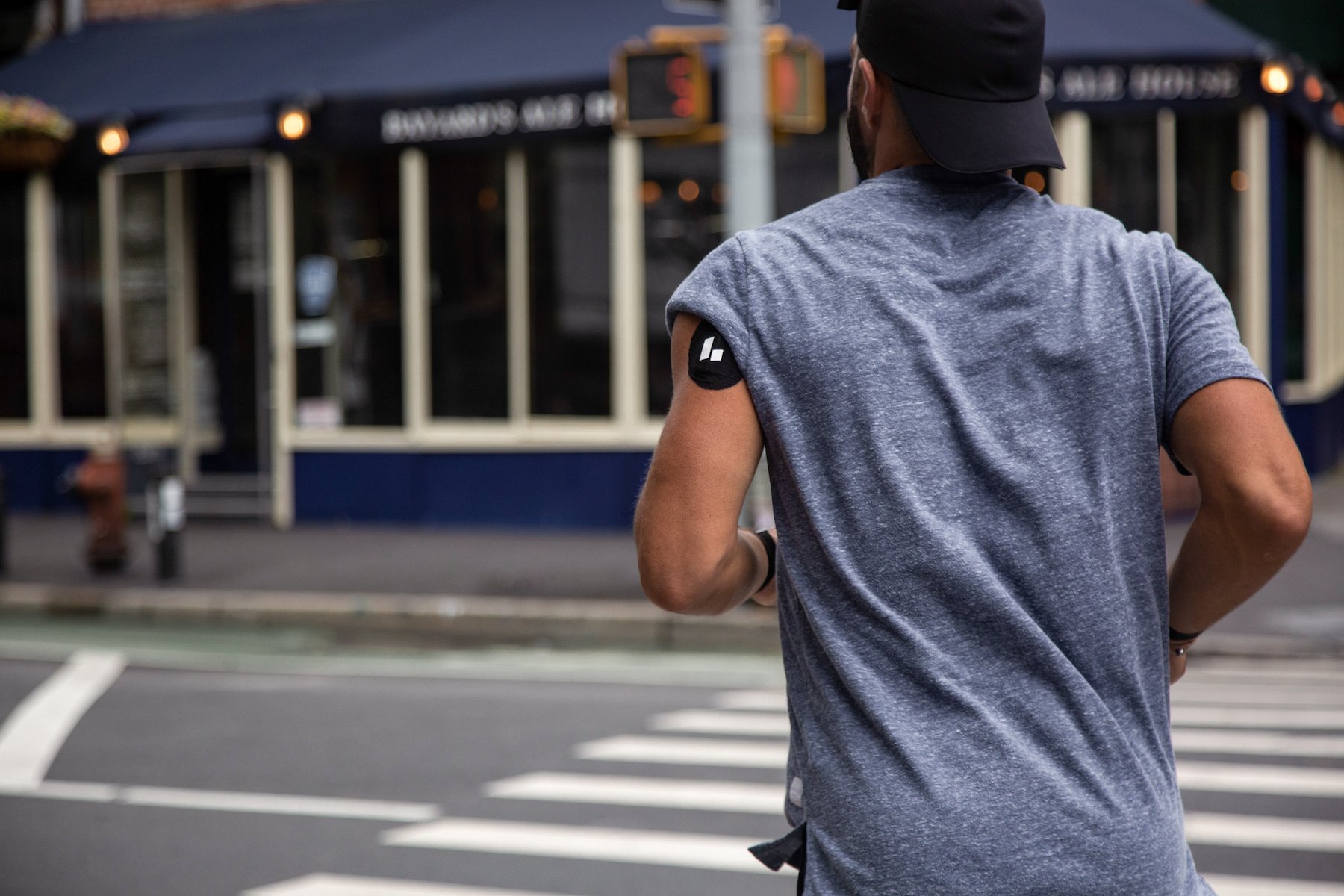The magic moment when you start using a continuous glucose monitor (CGM) is seeing how your body responds to a specific food or meal in real time. However, that constant tracking means you will inevitably see blood sugar rise, including the sharp spikes you’re likely trying to eliminate.
The crucial thing to remember in that moment is that—unless you have diabetes—your body can handle the spike. Metabolic health is about long-term trends, not single events. A glucose spike is a learning moment, not a crisis.
However, sharp blood sugar rises can have a negative impact at the moment. As your body releases insulin to take that extra glucose out of your blood, it can overshoot and cause a drop in blood sugar after the spike, leaving you with fatigue, jitters, or irritability. Late-night spikes can also impact your sleep as blood sugar bounces around overnight.
Here’s how to assess a spike, what you can do to blunt it in the moment, and most important, how to learn from it so you can avoid more in the future.
What counts as a blood sugar spike?
Baseline glucose is your glucose level in the morning before eating anything—also known as your fasting glucose level. After you eat foods containing carbohydrates, your blood sugar levels will nearly always rise beyond this baseline. This is a normal and expected result. In response, your pancreas then secretes insulin, the hormone that allows your body’s cells to use or store this glucose, and your blood sugar gradually decreases back to your baseline.
Although there is no scientific definition, Levels considers a spike to be a rise of 30 mg/dL or more from baseline. Note that the shape of a spike is not always a sharp peak straight up. Sometimes, your glucose slowly rises and stays elevated before slowly falling; other times, you may see a double (or biphasic) spike.
In general, based on scientific research on CGM data, Levels recommends that people without diabetes aim for:
- Post-meal glucose: <110 mg/dL with a rise no higher than 30 mg/dL and a return to baseline within 2 hours
- Fasting glucose: 72-85 mg/dL
While it’s optimal to keep your glucose levels stable, being a few points higher than these averages is not generally a cause for concern since research is still evolving on this topic, and glucose is only one marker of metabolic health. For example, some people also opt for insulin testing for a more well-rounded picture.
 Want to see your blood sugar levels in real time?
Want to see your blood sugar levels in real time?
Levels, the health tech company behind this blog, can help you see in the moment if you’re having a glucose spike or crash, and tie that event to your diet and lifestyle choices. Get access to the most advanced continuous glucose monitors (CGM), along with an app that offers personalized guidance so you can build healthy, sustainable habits. Click here to learn more about Levels.
How do I bring down a blood sugar spike?
People with diabetes give themselves insulin to help manage blood sugar rises since their bodies either can’t use insulin efficiently (Type 2 diabetes) or can make little to none at all (Type 1 diabetes).
For people without diabetes, insulin will eventually do its job and return your blood sugar to baseline. And you want the fall to be gradual to avoid reactive hypoglycemia, or low blood sugar. The best way to blunt an already rising curve or get levels falling again: get up and move.
Why? Movement works to temper a spike for several reasons, including muscles’ ability to use glucose without insulin. In fact, research shows that exercising muscles soak up as much as 50 times the glucose compared to when you’re at rest. As that glucose moves into muscle cells, blood glucose levels drop.
This doesn’t need to be a particularly sweat-filled, challenging, or long workout. Many Levels members discover that walking, particularly after a meal, brings down their glucose level, so they make a habit of a 10- to 20-minute walk after any meal.
As for when to move, in one study, researchers looked at several possible combinations of exercise type, duration, and timing around eating a high-carb breakfast to get a sense of what kind of activity lowers blood glucose most effectively. Overall, the research suggests that exercising quickly following eating–starting within 15 minutes–is best, and a brisk walk was good enough here, but it ideally lasted about 30 minutes. This equated to a decrease in glucose of 30 mg/dL on average after meals.
A recent meta-analysis, aptly titled: “After Dinner Rest a While, After Supper Walk a Mile?” looked at eight randomized controlled trials in 116 people, including those with Type 2 diabetes and those without. One thing was clear: Walking after eating a meal stifled blood glucose spikes compared to exercising before eating or staying sedentary in people with or without diabetes.
The authors also suggested going out “as soon as possible after a meal,” which is “0 to 29 minutes.” Longer intervals between eating and exercise had a more negligible effect on blood glucose–but still made a difference. If you miss the window, going for a walk is still worth it. And if you can’t walk, any type of movement will work: do some squats, throw a dance party, or vacuum the house.
Learn from the blood sugar spike
Although exercise after eating is a fantastic habit for your overall health and will blunt some rise, it can’t magically erase the high-carb meal, as you can see from the effect sizes in the studies above. The best way to deal with a spike is to not have one in the first place. That’s why the ideal response to an unexpected rise is to troubleshoot what happened so you can make the necessary adjustments moving forward.
Blood sugar spikes can be caused by stress or even intense exercise, but typically the culprit is food. Sometimes, the offending ingredient will be obvious: a piece of cake or a candy bar. Other times, you may be surprised at what caused the spike. Levels members often find oatmeal, rice, and even some fruit can cause their blood sugar to soar.
Uncovering these sneaky spikers is much easier with an app like Levels, which helps you log meals and can pick from those meals the likely cause of the rise. You can even compare two meals to isolate what changed and caused different responses. And, based on your data, the app will give you suggestions for ingredient swaps known to have a lesser impact in most people.
Using a CGM is primarily about experimentation and tweaking where needed so that you can make choices to manage your blood sugar in the future better. Viewing your blood sugar responses in this way can switch your mindset from feeling helpless to more in control.
Focus on the long-term
Levels members often talk about how, in the initial stages of using a CGM, they focused solely on preventing blood sugar spikes at all costs. Over time, however, using the CGM helped them refocus on the bigger picture, and that’s a healthy lifestyle overall that supports metabolic health, not obsessing over carb counts or individual reactions.
For example, mainly eating high-quality nutritious and low-glycemic foods—that’s your leafy green, non-starchy veggies, nuts and seeds, legumes, tofu, berries, fermented and whole-fat dairy, meat and fish—will help prevent the uncomfortable rises in glucose you’re looking to avoid.
In addition, lifestyle also plays a significant role in blood sugar management. Skimping on sleep can make blood sugar more likely to fluctuate and can lead to more cravings and general crankiness, suggests research. It can also skew appetite hormones, making you more prone to overeating and less metabolically healthy food choices. And sleep deprivation is linked to insulin resistance, which is why it’s best to aim for seven to eight hours per night.
Lastly, stress matters, too. When stressed, your body pumps out stress hormones, which cause blood glucose to rise–and it’s all for a purpose: to help give you a burst of energy during times of alarm. The problem is that today’s stress is often a physical farce–you don’t need to mobilize to run away from a bear, but stress nonetheless triggers the same physiological changes. Managing stress in whatever way makes sense for you (reframing it, deep breathing, taking breaks, and disconnecting) is vital to more even blood glucose responses no matter what you’re eating.
Bottom line
Healthy glucose isn’t about quick fixes—even a sharp blood sugar spike, while momentarily unpleasant, is not the end of the world. Aiming for optimal metabolic health is about learning how your body works and building sustainable habits supporting a long, healthy life.

 Want to see your blood sugar levels in real time?
Want to see your blood sugar levels in real time?






